If I was a bird I’d be a peacock with a fantastic tail of feathers, sparkling and gleaming in the sunlight. I’d be a kaleidoscope of colours; emerald, sapphire, gold and topaz, turquoise and aquamarine. I’d live in a palace of white marble, surrounded by friendly smiling servants wearing navy blue suits with brass buttons. My refreshments would be delivered to me on small, circular silver dishes, balanced on green and red velvet cushions. Happiness, sunshine and calm would prevail. All would be well in my private kingdom.
Then one day, with no warning, the dreaded dragon of the high mountains blusters down from the snowy peaks. He lands heavily in the central courtyard, breaking several elegant statues during his clumsy, circling descent. He has not been invited. He is an unwanted, shaking pyramid of scales, smoke and tongues of fire. His foul-smelling breath sends wretched, stinking flames through the corridors and across the terraces of my magical kingdom. The roses take one look at him and his dreadful, yeasty emissions. They glance at each other, nod and as a response to his arrival, instantly wither and die. I can’t say I blame them. I’m left fluffing up my feathers and trying to work out a plan for dealing with this most unpleasant of guests…….

Most people would agree that 2020 has been a very unusual year indeed. A year where all normal rules have been suspended and many people feel anxious, uncertain and slightly sad. We too have an uninvited guest in our midst and we are not sure what to do about this most unwelcome of intrusions. Usually I would be flying from Venice to London, a simple two hour journey on a plane. This year I’m driving across Europe, sticking mostly to Germany so that I can avoid a 14-day quarantine on arrival at the UK border. My journey, accompanied by my daughter Lucy, which is a huge and unexpected pleasure, by the way, has actually been quite magical and filled with fairy tales. It all started when we crossed the border from Italy into Germany just south of Mad King Ludwig’s Castle. The castle is a 19th century fantasy created by a fabulously wealthy lunatic. This perfect combination of imagination and drama resulted in an exquisite fairytale castle that is said to have inspired Walt Disney when he designed his ‘Magic Kingdom’ in California and then later in Florida.
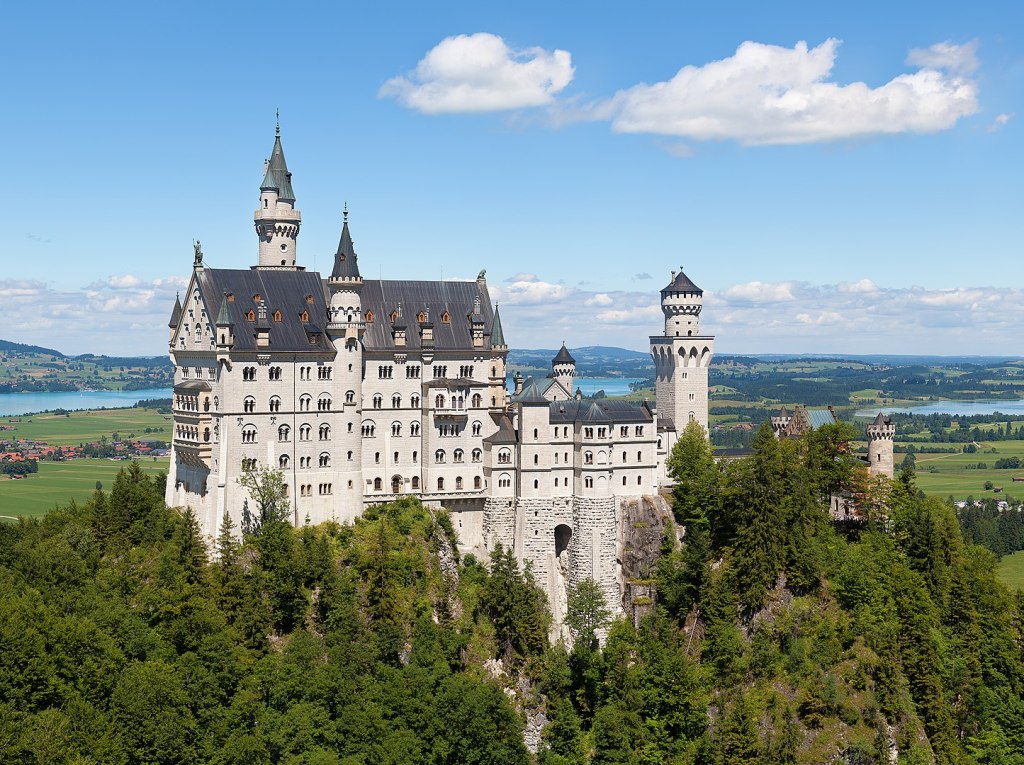
The castle of Neuschwanstein is a true fairy tale castle with towers and turrets, and a breath-taking location on a rocky outcrop. The castle looks down on the surrounding villages, it is suspended between plains and mountains, a place of inspiration and awe. People come from all over the world to climb the steep path to the castle and visit the ornate and elaborate halls, but this year is different, no tour groups, no coaches. Instead there are visitors arriving by car and bike from Germany, France and Switzerland. The castle watches over us, silently, people come and go, whilst the fairy tale fortress remains.
A MAGICAL JOURNEY – Our magical journey continued north along Germany’s romantic road, a string of historic towns with medieval walls, towers and gatehouses. Probably the most scenic of which is Rothenburg-ob-der-Tauber. Here we paused for tea and cake (of course) and a stroll around the beautifully restored walls. We were immediately enveloped in the gentle folds of the centuries; cobbled streets, stone troughs of water, timber houses and quaint shops. The walls provided wonderful views of the surrounding countryside and the dark forests beyond. I imagined being a citizen of this small medieval town, tucked up in bed, as the wind howled outside. The huge doors of the city firmly bolted for the night. Safe and secure. But just imagine if I’d got lost in the forest during the day. Perhaps taken a wrong turning and become confused, with night falling, lost and afraid. Supposing I’d stumbled on an old woman’s cottage in a clearing. She might have seemed friendly at first……
This part of Germany that runs from the Alps in the south up to Rothenburg and then on towards Marburg and Kassel in the north, was the homeland of the Brothers Grimm. The land of fairy tales. The Grimm brothers were academics and writers, they studied at the University of Marburg. They were intensely interested in language and folklore, stories and traditions. They travelled around Germany talking to local people in villages and towns. They listened to and and wrote down the stories that parents told their children and had been handed down by word-of-mouth from generation to generation. These stories were often similar. There were castles, dark forests, children and wicked witches. The Brothers Grimm, Jacob and Wilhelm collected stories like other people collected butterflies or mushrooms. When they returned to Marburg they recorded, edited and organised all the stories they’d been told on their travels in rural Germany. Together they created a compendium of ancient tales that became our standard ‘bed time’ reading for children of my generation.

The Brothers Grimm published their first collection of these traditional stories in 1812 under the title ‘Kinder- und Hausmarchen’ which translates as ‘Children’s and Household Tales’. The compilation of stories and tales was a huge success and was reprinted more than fifty times during the 19th century. Later editions were given the title ‘Grimm’s Fairy Tales’. This collection of stories included many of the favourite tales that we grew up with and that we read to our children. Hansel and Gretel, Little Red Riding Hood, Rapunzel, Snow White, The Pied Piper of Hamelin, The Frog Prince, Cinderella (Aschenputtel), Sleeping Beauty, The Elves and the Shoemaker, Rumpelstiltskein……. and many, many more.
GOOD AND EVIL, LIGHT AND DARK – These stories of good triumphing over evil have embedded themselves in our collective consciousness. Starting as a book of children’s tales, often read to youngsters in the evening as part of the bedtime ritual, they have become points of reference for us in theatre, opera, concerts and films. The Disney Corporation in America has made more than fifty animated films often featuring these traditional European fairytale characters. Sleeping Beauty, Snow White and the Seven Dwarves, Cinderella, Beauty and the Beast are just a few of the stories that Disney has chosen to immortalise in film! The enduring appeal continues right up to the present. A few years ago ‘Tangled’ became the fiftieth cartoon or animated film to be made by the Disney Studios. The story was loosely based on the Brothers Grimm ‘Rapunzel’ story about a young girl locked in a tower in an isolated place who is rescued by a handsome prince. As a child I was intrigued and captivated by the idea of a beautiful princess, letting down her hair, a long, long plait, that enabled the prince to climb the hair, like a ladder and rescue her. I still remember the picture in my fairy tales book of a young girl with golden tresses, woven into a lengthy plait. I’ll probably never forget that image.
FAIRY TALES – These traditional stories are a wonderful mixture of light and dark, good and evil, rich and poor, generosity and avarice. The popularity of these stories has created a cultural and literary foundation throughout Europe. We have films, books, ballets and operas all inspired or based on these folklore tales. Just a few years ago Philip Pullman, the novelist, created and edited his own version of these fairy tales entitled ‘Grimm Tales’. The sub-title was ‘For Young and Old’ the book was a best seller and demonstrates the enduring power and interest in these simple and yet profound, moral tales. The tale of Cinderella ‘Aschenputtel’ in German is a perfect example of a young, oppressed woman who is bullied and harassed by her ugly sisters. She is expected to do all the household chores and be their servant. She is suffering from domestic violence and abuse. Of course the stories almost always carry a message of hope, in the case of Cinderella she will indeed go to the ball and marry the handsome prince. However not all the tales have happy endings. Little Red Riding Hood has a narrow escape from the stomach of the wolf – I bet that was a very smelly and seriously unsettling experience.
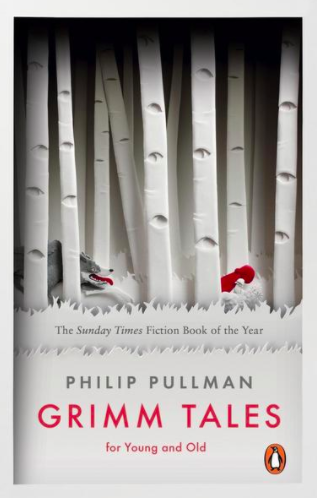
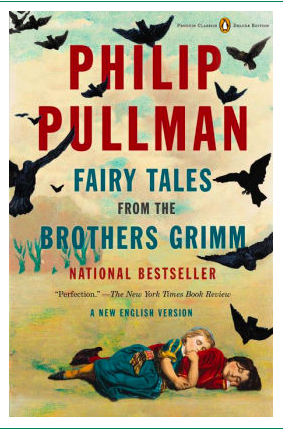
THE GRIMM BROTHERS lived and studied at the University of Marburg. The university was founded in 1512 and is the oldest Protestant university in Germany. Marburg is a typical historic town with a medieval centre of narrow, cobbled streets and a castle dominating the skyline. It is easy to imagine the brothers strolling through the streets with their heads filled with fairy tales. The brothers dedicated their lives to the study of language in both its written and oral forms. They also worked on volumes of grammar and a huge compendium of German words, that was to be a definitive German Dictionary. Although they’d only got up to ‘f’ for ‘frucht‘ at the time of their death in 1859 (Wilhelm) and 1863 (Jacob) respectively. By complete coincidence Marburg is now my daughter’s university. Lucy is studying for a Master’s in Romance Languages, Linguistics and Culture – with a focus on linguistic patterns in French. The degree is being conducted in German – she’s a clever girl.

MARBURG – The University of Marburg is one of the most prestigious in Germany. As well as Jacob and Wilhelm Grimm it has many other famous alumni. There was Robert Bunsen, a renowned Chemist and designer of the famous Bunsen burner. Any high school child in Europe remembers the discovery of a Bunsen burner in the Chemistry Lab at school, when they were about twelve years old. Imagine the excitement – a naked flame available on your desk for you to play with during Chemistry lessons, what could be better. Bunsen himself spent a lifetime heating things up in Marburg and seeing what would happen. He lost the sight in one eye when a lab experiment went wrong and on another occasion he nearly died of arsenic poisoning. Bunsen and the Grimm Brothers were at Marburg together, I’d love to imagine a meeting between them – possibly taking place in Bunsen’s laboratory with the remnants of a recent explosion all around!
PHILOSOPHY – In the twentieth century the University of Marburg was home to the philosopher Martin Heidegger. He was Professor of Philosophy at Marburg and later became Professor of Philosophy at Freiburg where he remained for the rest of his academic career. He was Roman Catholic and a Nazi sympathiser and supporter in the 30s and 40s. Despite this he had long-standing affairs with two of his exceptional Jewish students Hannah Arendt and Elisabeth Blochmann. Both these women had to flee Germany in the war years to escape persecution. I like to imagine Heidegger as an unfortunate, warty old frog that is kissed by a beautiful princess and is transformed (albeit briefly) into a handsome, dashing prince. However the reality with Heidegger is that he was, to continue the fairy tale analogy, more of a wolf in sheep’s clothing.
When Elisabeth Blochmann fled Marburg she managed to secure a place at Lady Margaret Hall (University of Oxford). She gained an MA from Oxford in 1938 and became a British citizen in 1947. Years later she was invited to return to Marburg as Professor of General Education (Pedagogy). It is said that she had reservations about returning to Heidegger’s town. Although by then the warty, boring, rather slimy frog had hopped off to Freiburg, where he continued his career in Southern Germany until his death in 1976. This story just proves that the bad guys don’t always get their just desserts. Although in the case of Heidegger the long shadows of suspicion, lurking, tall and thin on the edges of the deep, dark forest stayed with him until his final days.
Hannah Arendt was another famous Jewish student of Heidegger’s at Marburg. Hannah Arendt was highly intelligent and fiercely analytical. She too was forced to flee Germany during the war years and managed to get to New York in the 1940s. She gained American citizenship in 1950 and remained in the US for the rest of her life – where she became an eminent political theorist and philosopher. If Hannah was a fairy tale character I think she would have been Snow White, determined, considerate and caring. Whilst I think Heidegger would still be portrayed as a wolf in sheep’s clothing or perhaps a wrinkled, warty, slimy, stinking, toad. Although on reflection any comparison with an amphibian is perhaps too mean to the toad and frog populations of Germany.
A ROAD TRIP from Venice through the Italian Alps and into southern Germany introduced me to the fairy tales, castles and medieval villages of European folklore. The hills and forests and hamlets that have inspired stories and tales for hundreds of years. Stories of hopes and dreams, great riches and brutal poverty. Beautiful princesses and humble shepherd boys, evil witches and cunning wolves, elves and fairies. As borders across Europe have slammed shut to prevent the spread of Covid-19 it was a relief and an unexpected pleasure to disappear into this magical world of fables and tales. I wonder to myself if good does always triumph over evil, I don’t really know, but I certainly hope so. For Lucy and me our European road trip was a delightful antidote to the strangeness of these ‘lockdown’ months, an opportunity to gaze at the horizon and to re-evaluate our priorities and principles. It has been a reminder to me that life is a gift to be appreciated and enjoyed. We must never take what we have for granted. Ever!
Notes:
- Brothers Grimm – brothers Jacob and Wilhelm were interested in the study of language in both written and oral forms – this study is known as philology. They were among the first and best-known collectors of German and European folk tales. As well as the folk stories they collected they also wrote books about grammar and started a huge definitive dictionary of the German language. Jacob Ludwig Karl Grimm (1785–1863) and Wilhelm Carl Grimm (1786–1859)
- Brothers Grimm Fairy Tales – Here are some of the most famous fairy tales with their German names. “Cinderella” (“Aschenputtel“), “The Frog Prince” (“Der Froschkönig“), “The Goose-Girl” (“Die Gänsemagd”), “Hansel and Gretel” (“Hänsel und Gretel“), “Rapunzel“, “Little Red Riding Hood” (‘Rotkappchen’), “Rumpelstiltskin” (“Rumpelstilzchen“), “Sleeping Beauty” (“Dornröschen“), and “Snow White” (“Schneewittchen“). Whilst these stories were all popular in Germany many other similar stories existed in other regions including Greece, Spain and Italy, Scandinavia, British Isles and Iceland.
- Robert Bunsen – A Professor of Chemistry at Marburg. German chemist. He investigated the emission spectra of heated elements, and discovered caesium (in 1860) and rubidium (in 1861) working in association with physicist Gustav Kirchhoff.
- Hannah Arendt – widely considered one of the most important political thinkers of the 20th century. Arendt was born in Linden, Germany in 1906, to a Jewish family. She moved to America in the 1940s and became an American citizen in 1950. She was an eminent political theorist and political philosopher. She was based on the East Coast.
- Elisabeth Blochmann – a student of Martin Heidegger and later a university lecturer at Oxford. Blochmann later returned to Marburg as Professor of General Education (Pedagogy). The Princess and the Frog?
- Martin Heidegger – Professor of Philosophy at Marburg University and later Professor of Philosophy at Freiburg where he remained for the rest of his academic career. A Roman Catholic and a Nazi sympathiser in the 30s and 40s. Despite this he had long-standing affairs with two of his Jewish students Hannah Arendt and Elisabeth Blochmann. Both of whom fled Germany to avoid persecution. A wolf in the clothing of a toad perhaps. To liken him to the Frog Prince is to be too mean to the frog!
- You can spend the weekend at Rapunzel’s Castle – here’s the link:
- https://www.burg-hotel-trendelburg.com
AND NOT FORGETTING:
- My daughter Lucy writes a blog too. You can discover her interesting and insightful articles at:https://lucindasimmonds.wordpress.com/
- Whilst I write regularly about the Alps, Italy, Switzerland and travels in Europe – you can read more at: www.educated-traveller.com

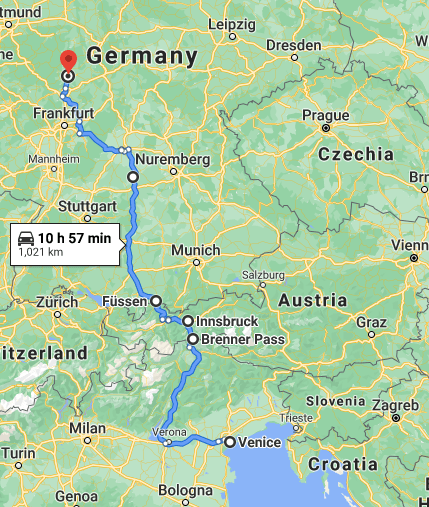
Written: 24th September 2020


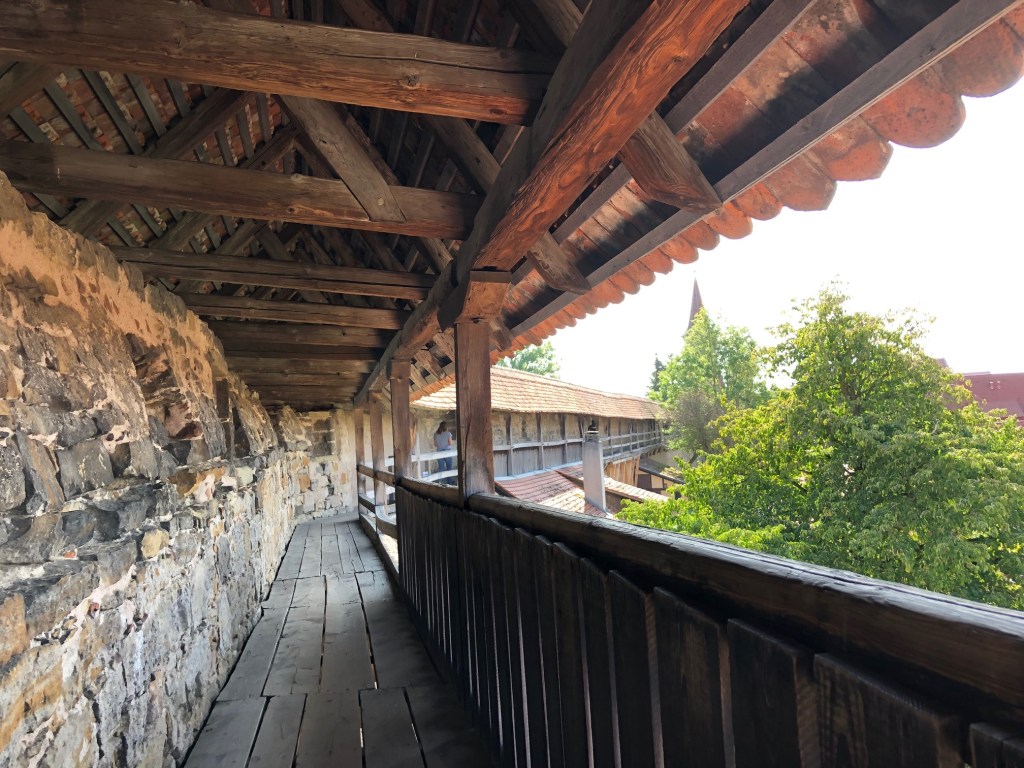
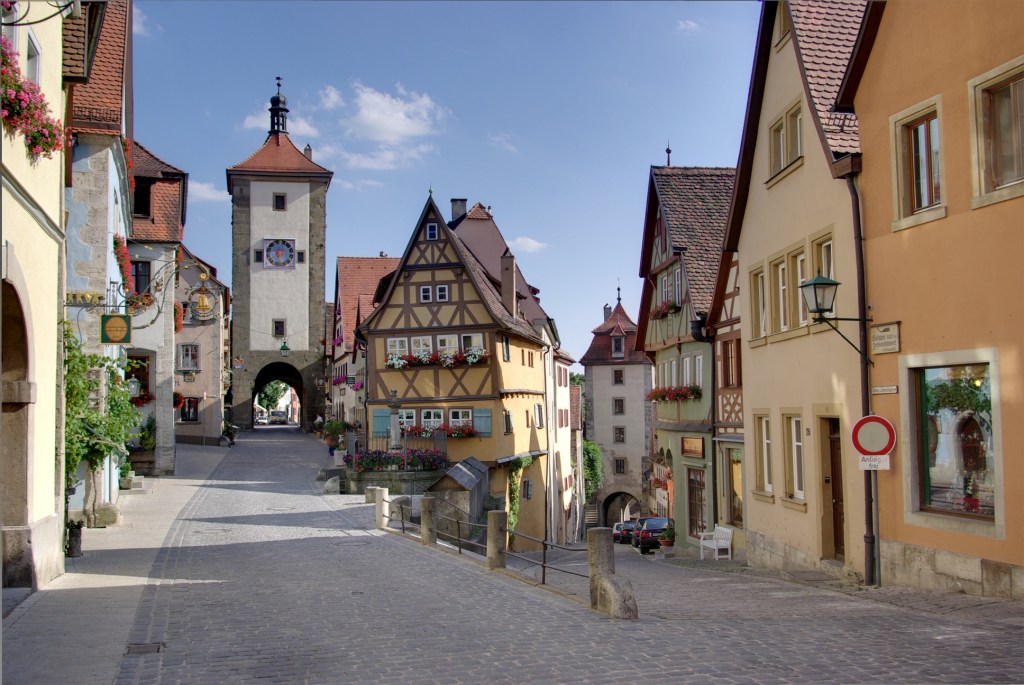
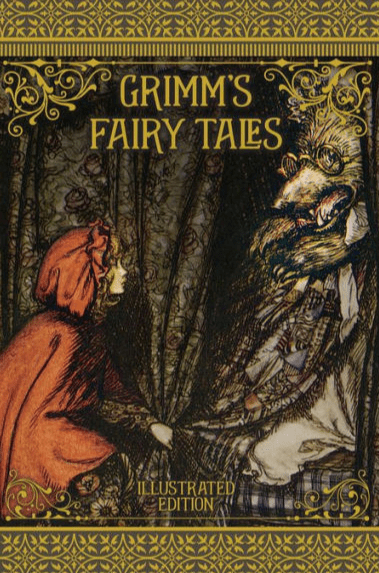
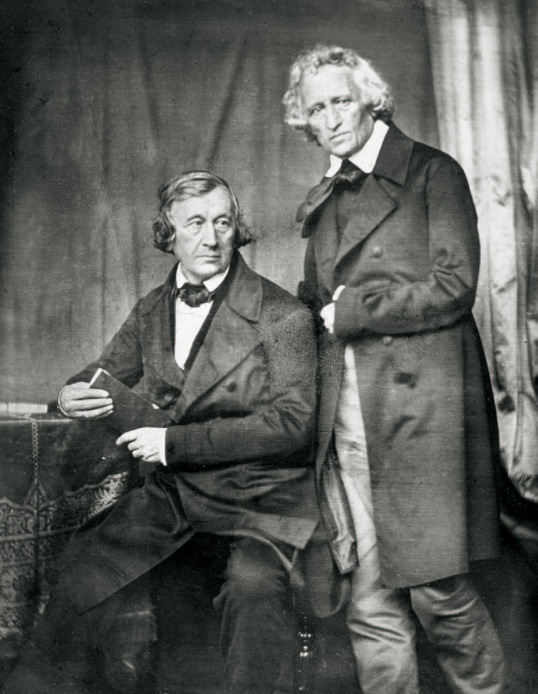
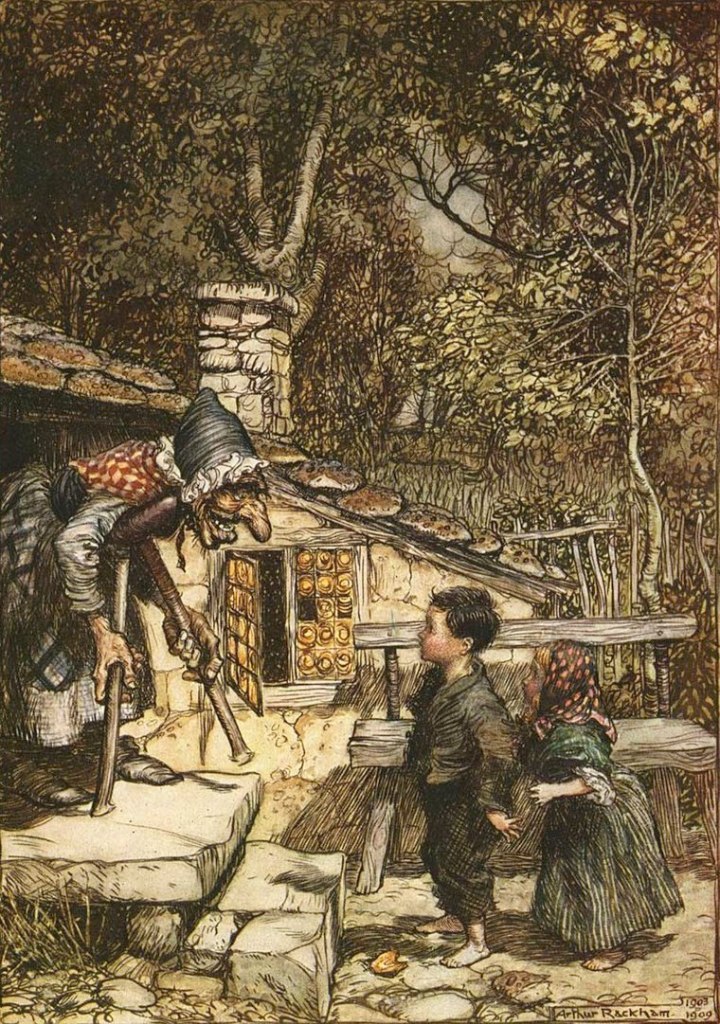


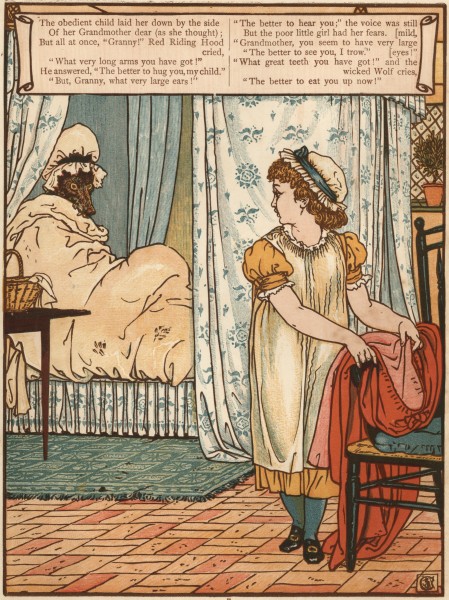

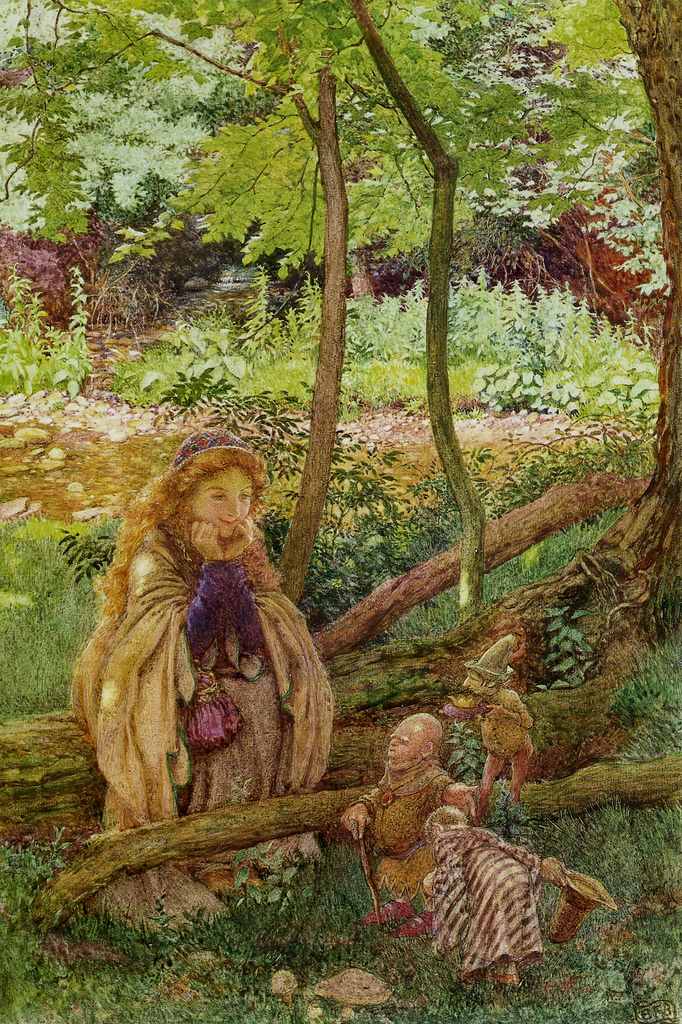
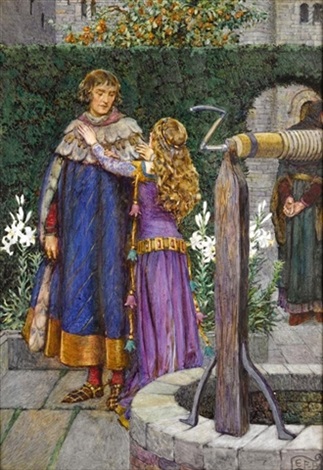


Another delightful article from you, Janet–an unexpected pleasure to read about fairy tales from your unique perspective! I’ve traveled this Romantic Road in Germany twice and certainly wish I could have read something like this before I went on the trip. You’ve obviously thought a lot about the story behind the story, as you usually do. Such a creative thinker! Now I wonder what your next chapter will be in your Book of Life! Thanks for sharing with your readers!
LikeLiked by 2 people
Thank you Mary Lou – I think when the going gets a little rocky in life (all things are relative of course) one has to dig deeper to discover what really matters. My time with Lucy was just magical – both real and imagined xxx
LikeLiked by 1 person
Hi, Janet; Of all your recent erudite, fascinating and vivid verbal journeys on which you have taken us over the last few years, I think that, for me, this one struck the loudest chord, if only because all your Italian journeys have been journeys of discovery for me, whereas this one was pure nostalgia.My maternal Great Grandmother was born and lived in Edesheim – a typical Hansel-and-Gretel picture-book Hamlet, not far way from the Romantische Strasse which you describe so well in your text – and along which (and the routes shown in your map) the Family and I have driven regularly for the last 60 years, both for family visitations, and to reach the Skil Slopes of the Dolomites!
Apart from the vivid reminders of the physical delights and the mass of historical romantic and fairy-tale associations along the route (Margaret and I got engaged not far from Neuschwanstein), your reference to the Grimm Brothers was also most apposite, not least because Grimm’s Law of interchangeable letters (establishing the commonality of so many European languages) effectively helped me to pass my German “A”-level – simply by swapping aound the releveant letters in my German “Unseens” in order to arrive at the English translation. (E.g. without Grimm’s Law I would never have known that the letters “D” and “Th” were interchangeable, and similarly the letters “F” and “P”. The connection between “Dorf” and “”Village” is not that obvious without Grimm’s Law, which quickly turns the “D” in “Dorf” into “Th” and the “F” into “P” – thus turning the German word “Dorf” into the English word “Thorpe” meaning “village” – as in “Filingthorpe” and “Gristhorpe”. To a pedantic philologist, this was fascinating stuff!
And thinking of being pedantic, can I claim my prize for spotting the only grammatical error in your otherwise flawless treatise? Can you spot it yourself, in your pre-penultimate sentence, referring to your European Road Trip being an antidote to the lock-down months??! (Answers on a £5 note or a promise to buy a bottle of Spatlese when we next meet!!)
(in view of the extremely esoteric nature (not to say length!) of this reponse, you might not wich to clutter up you excellent and enjoyable site with such pedantic and semi-personal burbling – in which case I would fully understand!)
With thanks again, and all very best wishes to you, and to Lucy.
John
LikeLiked by 2 people
loved reading this 🙂
LikeLiked by 1 person
Thank you very much – I appreciate your kind comment x
LikeLiked by 1 person